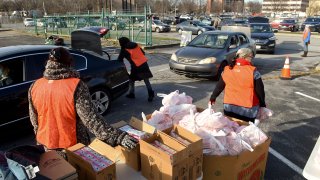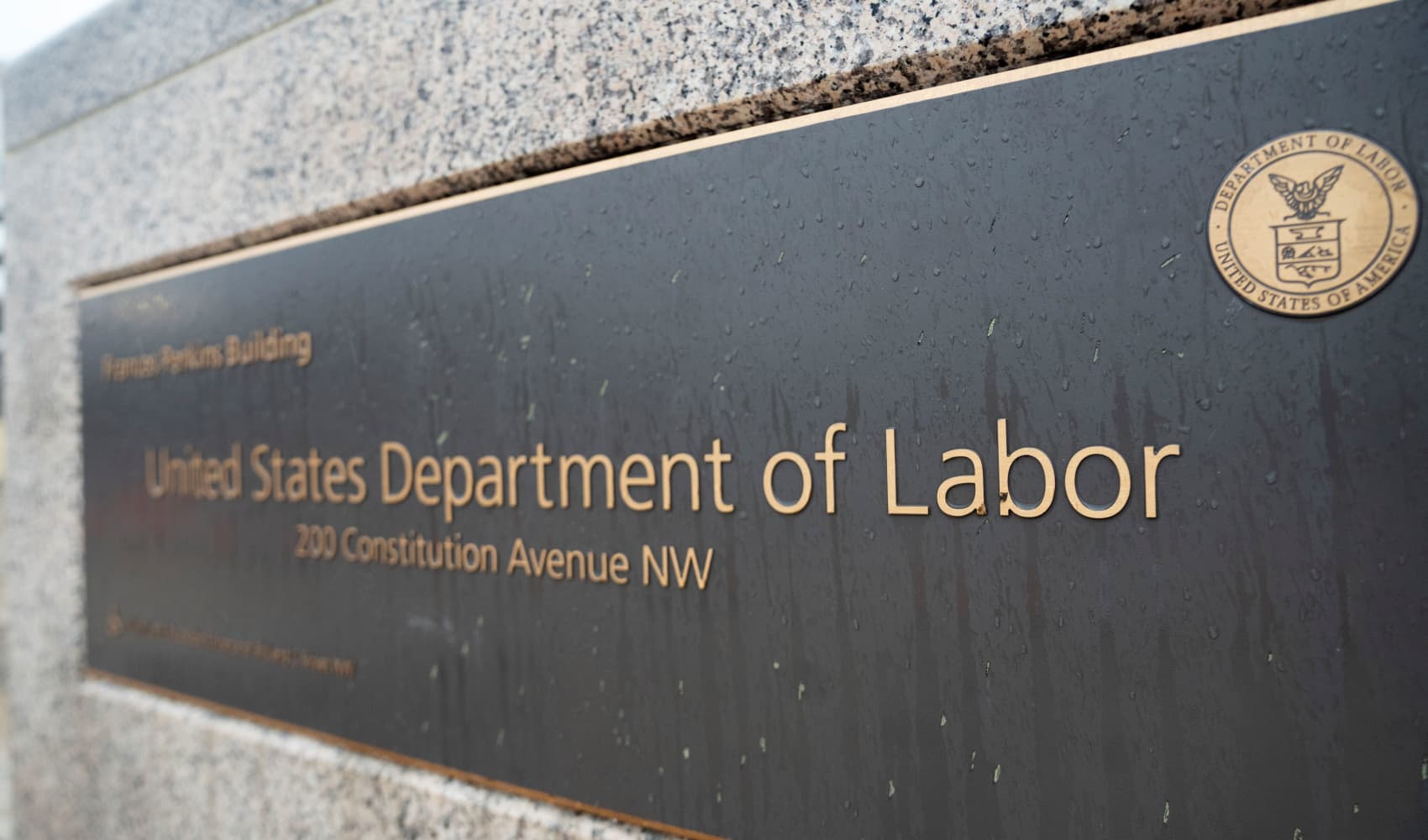
With over 1 in 10 Americans going without enough to eat, the $13 billion Congressional leaders allocated for food assistance in the latest Covid-19 relief package can't come soon enough.
Lawmakers are still negotiating a $900 billion pandemic rescue package this week, which is set to include $13 billion in funding for food assistance programs. But exactly what that assistance will include in the final bill looks to be a sticking point in the negotiations.
"We need to pass, for instance, nutritional programs — that is one of things I understand is holding us up at this point in time. We need to move on that," House Majority Leader Steny Hoyer (D-Md.) said Thursday during an interview on MSNBC. "It is a crisis. It is a moral imperative that we act," Hoyer said.
Funding for the Supplemental Nutrition Assistance Program (SNAP) is still one of the provisions under discussion in negotiations, according to a senior Democratic aide.
CNBC Make It reached out to the offices of Speaker of the House Nancy Pelosi (D-Calif.) and Senate Majority Leader Mitch McConnell (R-Ky.) for additional comment about where the negotiations stand on this issue as of Friday, but they did not immediately respond for comment.
About 13% of Americans, or 27.4 million people, reported they sometimes, or often, do not have enough to eat on a weekly basis, according to the latest Household Pulse Survey released by the U.S. Census Bureau on Dec. 16. Nearly 14 million households with children report not having enough to eat.
Money Report
And that has increased amid the pandemic. A recent survey found that 40% of Americans report that they experienced food insecurity for the first time during the Covid-19 pandemic.
To reduce the current level of hunger, advocates have been urging Congress for months to temporarily increase SNAP benefits by 15%, or about $25 per person each month.
The average SNAP benefit per person was $125 per month during the fiscal year 2020, according to the Center on Budget and Policy Priorities. That's about $1.39 per person per meal. And although there is not a limit on the length of time households with children can receive SNAP benefits, single adults are limited to 36 months.
Roughly 6 to 7 million more people have applied and been approved for SNAP benefits since February, according to available data analyzed by CBPP. Nationally, that's about a 17% increase. About 25.3 million Americans total reported currently receiving SNAP benefits in the latest Census Household Pulse survey.
Increasing the maximum SNAP benefits not only efficiently allows families to shop directly for the food they need, it also alleviates the burden on food banks and pantries, which have distributed an estimated 4.2 billion meals nationwide between March and October, according to Feeding America.
In New York City, City Harvest has rescued and delivered 64 million pounds of food since July, a 125% year-over-year increase. The organization delivered 47.9 million pounds of food to its 400 partner food pantries and soup kitchens from July to November, up 83% compared to the 26.1 million distributed during the same timeframe in 2019.
"The pandemic continues to hit New York families incredibly hard, with millions struggling to put meals on their tables," Jilly Stephens, CEO of City Harvest, said in a statement. "As winter sets in and we navigate the pandemic's devastating economic impact, food insecurity in New York City is only getting worse."
Lawmakers have until 12:01 a.m. ET on Saturday to pass a pandemic rescue package tied to a federal government funding bill in order to avoid a government shutdown.
Check out: A guide to resources that can help you pay bills now, from rent to health care
Don't miss: Here are the 5 best personal loans of December 2020






